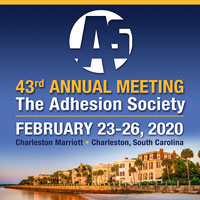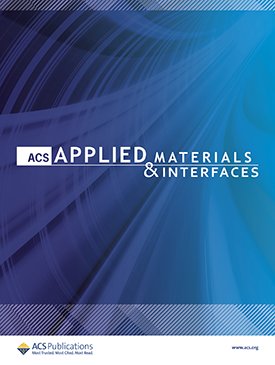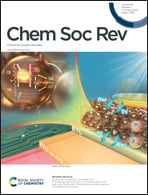
Bruce Lee (BioMed/HRI) is the principal investigator on a project that has received a $80,586 research and development grant from the National Science Foundation.
The project is entitled, “Biomimetic Redox Chemistry for Antiviral Application.” Caryn Heldt (ChE/HRI) is the Co-PI on this three year project.
Extract
Reactive oxygen species (ROS) can be used to disinfect a wide range of pathogens, such as viruses, bacteria, and fungi. ROS is an attractive disinfectant as it decomposes into non-toxic degradation products (water and oxygen). However, ROS is highly reactive and can be hazardous to store and transport. This project aims at utilizing a unique chemistry found in mussel adhesive proteins to create a portable biomaterial that can be activated to generate ROS.







